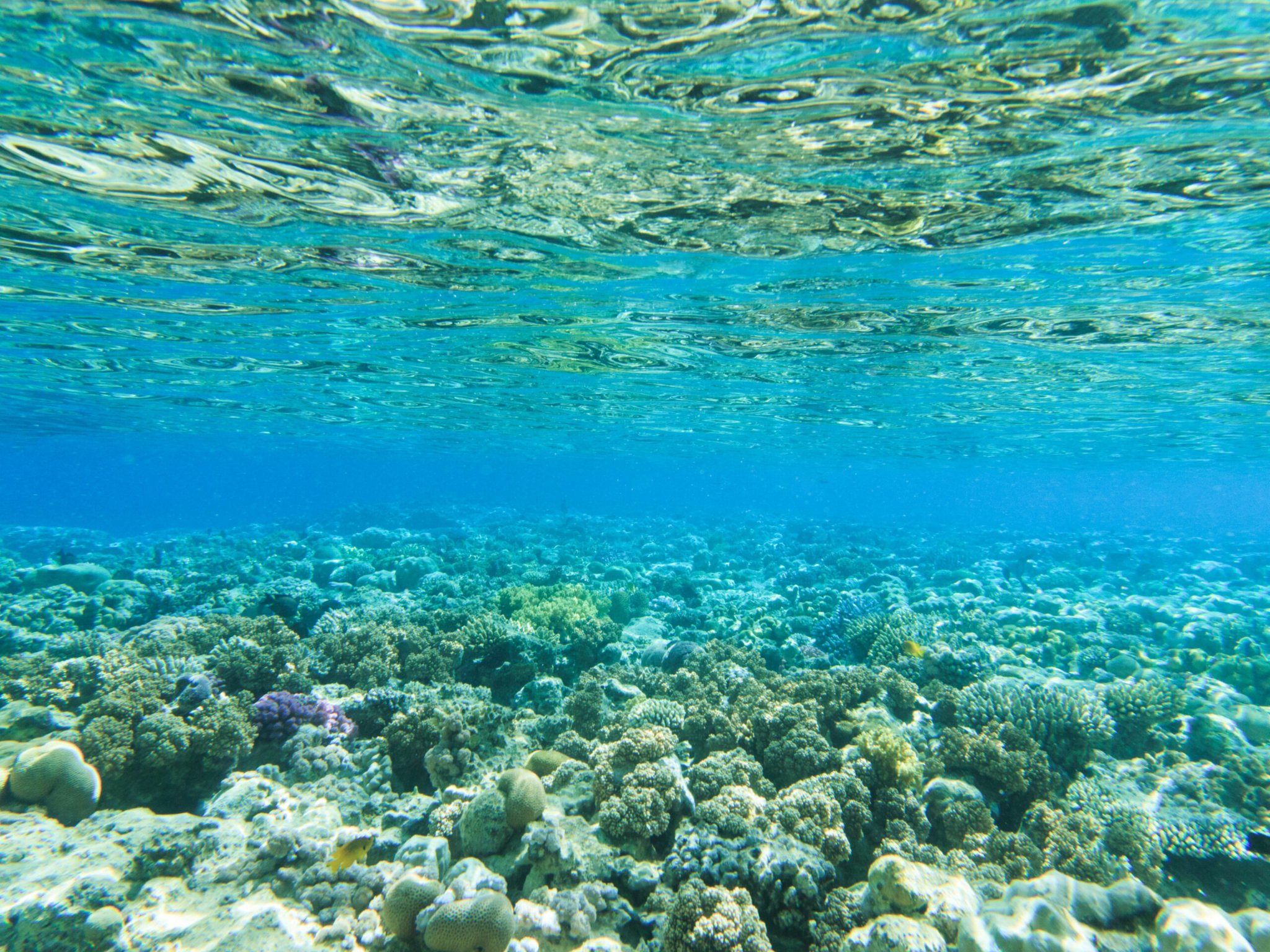

In early January, U.S. Secretary of the Interior Ryan Zinke announced that more than 90 percent of the outer continental shelf in federal offshore areas is now available for offshore drilling exploration and development. In the official release, Zinke noted that the plan for this new exploration would strike a balance between protecting the coasts and achieving “energy dominance” in America. But marine scientists say that scale is really tipped. Opening up more areas to drilling, they say, means far more disruption for marine ecosystems and an even greater increased risk for oil spills.
Offshore drilling is way more than sucking up oil through pipes.
Mohammed Gabr, professor of civil engineering at North Carolina State University, says that offshore drilling requires three steps: investigating the site, boring exploratory wells, and laying the pipe, and each one can affect the ecosystems that surround the area.
To find potential oil deposits, engineers can use seismic techniques like generating sound waves, Gabr says. The waves bounce along the sea bed and reflect and identify the kind of stone underneath. If sound waves indicate the possibility of oil beneath the ocean bottom, the oil company then builds an exploratory well. This initial drilling is not necessarily to look for oil Gabr says, but to understand the structure and composition of the soil sediments. He likens the process to sticking a straw into a piece of cake: when removed, the straw will contain every layer of that cake.
Once they understand the soil’s makeup, Gabr says the company starts the search for oil. With the hole in place, workers pump mud in to prevent it from caving in. Then they place a casing in to house the pipe that will pull the oil out. As the hole gets closer to hitting oil, workers use cement to secure the casing. This hole exists under pressure, which must be controlled to make sure that the oil doesn’t come rushing up too quickly, he says. An oil spill can happen at any point along the oil production process, including drilling and the set up that goes along with it.
All of these steps come with risks for deep-sea ecosystems.
The risks to the ecosystems begin with the exploration step. This is especially true for marine mammals who use sonar, says Abel Valdivia, an ocean scientist at the Center for Biological Diversity in Oakland, Calif.
“Most of these explorations happen with a really, really high frequency sound, like sonar, which is really harmful for sensitive species,” Valdivia says.
These species, like dolphins, use echolocation, in which animals locate objects by sensing reflected sound. Valdivia says the sounds made during oil explorations interfere with the animal’s ability to find prey or mates.
In addition to affecting marine mammals, oil drilling can have multiple impacts, spill or no spill, on the coral reefs at the ocean bottom.
Danielle DeLeo, a postdoctoral researcher at Florida International University, says that these deep water coral communities act as engineers that set up seafloor ecosystems and provide shelter for other organisms. Crustaceans, fish, and other animals depend on these ecosystems. When coral feels the sting of spills or dispersants, dependent animals suffer as well.
Alexis Weinnig, a marine ecology doctoral student at Temple University, works with deep water coral communities and studies the impacts of stressors like levels of pH, temperature, and oil-dispersant mixtures, which break up oil into miniscule droplets to clean up a spill, on the health of the corals.
She says that when drilling first starts, tiny metal particles, known as drill cuttings, break off and rise to the top of the water. If enough build up, that alone can suffocate a reef. If the reef happens to contain a significant amount of coral larvae, the drill cuttings could lead to lower populations in the future, disrupting the entire structure of a deep sea ecosystem.
Weinnig worked directly in the Gulf of Mexico where the Deepwater Horizon spill took place. She noticed an oily slick that formed on the deep water floor after the disaster, and sea coral in the area had that oily material on them for a long period of time. The reefs are recovering, but at a very slow rate.
“The ocean is essentially just one big system,” she says, “If you think about it on the grand scale, if you’re impacting the deep sea, in the long term or broad term, you’re impacting that whole ocean system.”
Dispersants, which help oil spills go away, aren’t a perfect solution either, says Weinning, and can be more toxic to the organisms than the oil themselves.
More drilling means more risks.
In general, according to Abel Valdivia from the Center for Biological Diversity, the more oil that is produced, which would significantly increase if more offshore drilling began, the higher the probability of an oil spill occuring.
Valdivia estimates, based on the anticipated oil production for each planning area using historical spill rates, a total of more than 5,000 new oil spills, ranging from small spills to entire platform spills. This would amount to almost 820,000 barrels of oil throughout 2019 to 2024, based on the potential oil production of 22 key planning areas in the U.S.
Lawrence Cahoon, a professor of marine biology at the University of North Carolina at Wilmington, says small, routine spills that go along with offshore drilling rarely, if ever, make headlines, but are likely to add up and impact the surrounding ecosystems.
He says that areas that are now opened for oil drilling must take into account the economic benefits of ecosystems that are relatively unaffected by oil drilling. These benefits must be compared to those profits brought in by oil found through offshore drilling.
“Going to a clean beach is an ecosystem service, fishery production is an ecosystem service,” Cahoon says of possible new drilling spots, like North Carolina. “When you factor all those things in inclusively, I suspect we’d be better off leaving that stuff alone.”
